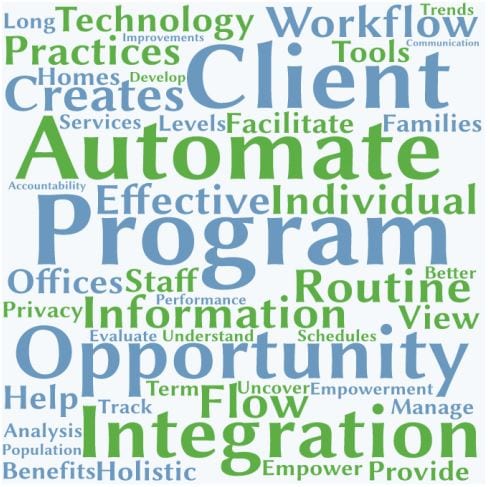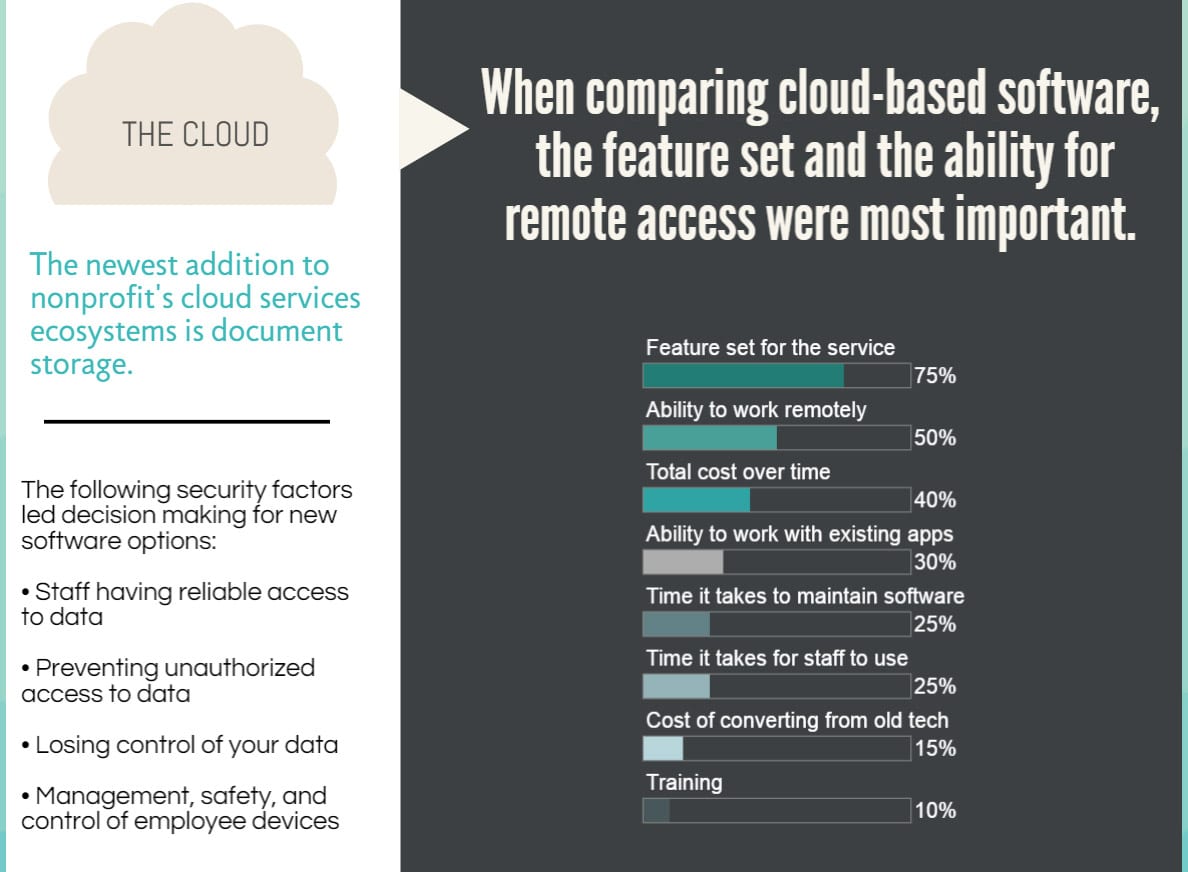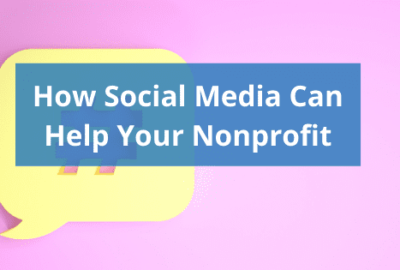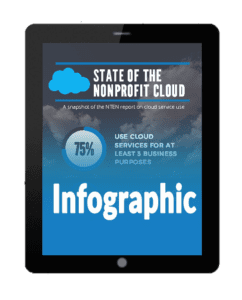Nonprofit Tips
Why Technology Innovation is Important to Health and Human Service Providers
It is widely recognized that the health and human services industry currently faces challenges. Needs are increasing, budgets are tight, and organizations are being pushed to make sure their information is secure. While there is no simple solution for health and human services agencies seeking to maximize their ability to respond to surges in need, some emerging tools, services, and applications can improve efficiency and capacity.
Technology, for one, represents a great opportunity. There are many ways technology can help health and human service providers meet key needs, lower costs and improve quality of care. Essentially, technology innovation can be a crucial component of any effort to address needs and better serve individuals and families.
In health and human services, IT has been a significant capital investment. Agencies and providers have purchased and installed hardware as well as built, run and maintained systems, and also staffed and trained IT professionals. The good news today is that infrastructure, software, platforms and business processes can be bought as services without incurring large capital commitments. This, in turn, encourages experimentation with various IT providers at low cost and low risk, leading to innovative ways of using technology to deliver healthcare and human services.
“The agencies know they must serve increasingly connected customers who expect immediate, convenient access. They recognize that the implementation of the Affordable Care Act (ACA) has provided additional resources that, if deployed strategically, can enhance modernization. They know too that they must drive coordination and collaboration to truly integrate human services delivery.” – GovTech.com
Data-Smart City Solutions by the Ash Center for Democratic Governance and Innovation at the Harvard Kennedy School spoke to over 100 experts and stakeholders involved in human services and technology. They discovered that five common benefits resulted from technology innovation: Automation, Integration, Empowerment, Analysis, and Accountability.
- Automation: Technology presents the opportunity for program administrators to remove inefficiencies in workflow as well as the opportunity to automate routine practices.
- Integration: Technology creates a more effective flow of information among and between various programs and offices. Tools that facilitate integration provide a holistic, cross-program view of client information.
- Empowerment: Technology can directly empower individual clients as well as families by allowing them to manage benefits and services according to their own schedules and from the privacy of their own homes.
- Analysis: Technology can help staff understand their clients at both the individual and population levels and allows them to track and evaluate program performance, uncover long-term trends and develop improvements.
- Accountability: Technology allows for better communication of important information to residents and administrators alike, enhancing the scrutiny and decision-making of administrators, elected officials, and the general public.
Another major concern among health and human service providers is the privacy of information flowing from one outlet to another. They too are looking to technology to transform their work practices. Health information technology advances the exchange of health information in an electronic environment, and helps ensures the privacy and security of electronic health information. The widespread use of health IT will improve the quality of health care, prevent medical errors, reduce health care costs, increase administrative efficiencies, decrease paperwork, and expand access to affordable health care. Health IT not only has the potential to improve the health of individuals and the performance of providers, it also has the power to boost engagement of patients in their own health care. Sometimes, taking advantage of a technology consultant can give you a fresh outlook on solutions for your organization and save you valuable time and money when it comes to research.
Are you happy with the way your organization is currently utilizing technology? See our list of 70+ free and low cost tools that could help your health and human service organization to embrace innovation.










